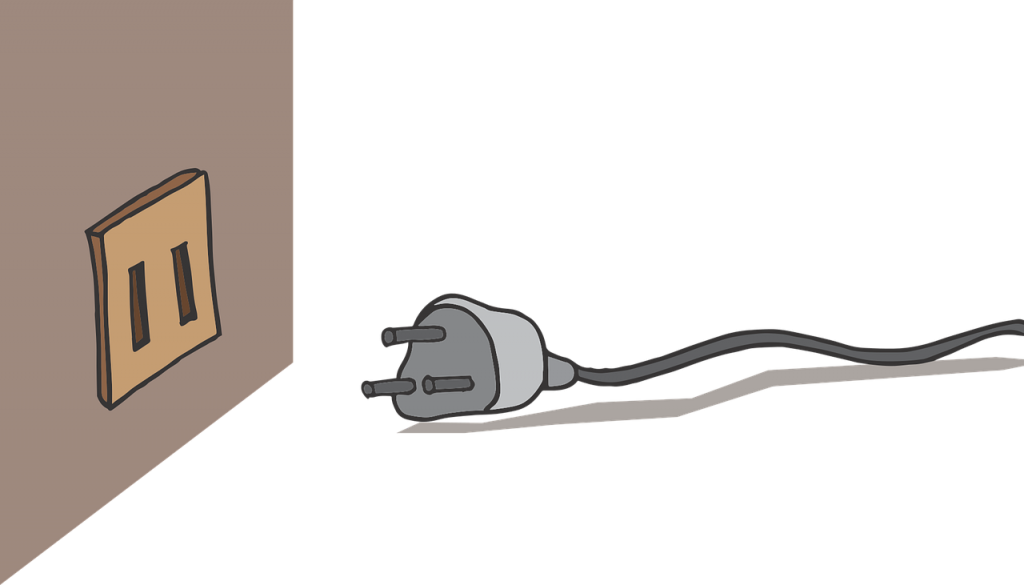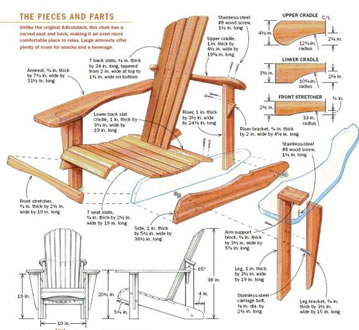Complicated woodworking projects can be made easy on a router table. Even beginners can cut precise cuts using the table and accessories such as the router edge guide. When something goes wrong, however, even the simplest operations can be really frustrating. Just remember that everyone makes mistakes and that’s totally fine. Here we will discuss the most common router problems that you can fix yourself instead of paying a repairman to fix the table.
Bit Depth
You’re probably going to work on different projects so you need the bit and the table to be set at a specific height and changes in height will result in mistakes in the project. This can happen when you use the router table a lot and sawdust will eventually accumulate and cause the bit to be pushed a bit, something you really don’t want.

To solve this issue, take a screwdriver to get rid of sawdust and then use compressed air to remove sawdust from the table.
Inconsistent Bit Speed
Another common problem is inconsistent bit speed when the bit slows down or moves faster when you don’t need it. When everything works properly, you have control over the bit’s speed. The problem is commonly caused by the worn-out router belts that make the bit change its speeds.
The simple solution to this problem is to shut off the power, unplug the router and see if the belts have abnormal wear and tear. You can find the belts in the housing of your router. If the belts are damaged, they should be replaced. If belts are fine, you should check if they are properly connected to the drive wheels. If not, you should make sure everything is set properly on the wheels. You should also tighten up the belts so that they will stay on the wheels.
A Slipping Bit
One of the most common problems that even professionals have to deal with is the slipping bit. It is a situation when the bit will slip around but won’t move in the wood. Most of the time, you should simply tighten the chuck around to create a tighter fit. However, the chuck can be stripped. If it happens, you can’t tighten the bits properly. You will have to get a new chuck for your router table.
Power Problems
What can be more frustrating than a situation when you’re trying to work on a project and turn on the router cable but nothing happens? This is also a common problem that happens to everyone, but it has quick and easy solutions. First and foremost, check if the router table is plugged in. As funny as it sounds, you could accidentally pull out the power cord.

You should also check the circuit breakers to see if there is a problem. Sometimes you should simply switch the breakers on and off. Or the fuse can be damaged and you need to replace it. If nothing mentioned above helps, then you either have a problem with electricity or a malfunction with your router table. This is when you need to call a professional.
Stuck Guides
Another problem that many beginners face is that guides can get stuck. The guides are used to do precise and accurate cutting, especially perfectly straight lines, but these guides can quickly become useless due to temperature fluctuations and other factors.
The simple way to fix the problem is to use a wrench or pliers to loosen the bolts so that the guide can move. Just be very gentle with those bolts because they can quickly break. You can use a lubricant to loosen the bolt and help the guides move. Just make sure everything is secured so that the guide doesn’t move while routing.
The Belts
Sometimes you may feel that the speed of the bits is too weak or too strong. It happens when the belts are loosened, and it is easy to fix. Just turn off the power when examining the router table. Make sure the stable transmission of power to the belts. If it doesn’t help, check if the wheels are damaged. You want the belts to be as tight as it is stated the instructions for your router table.
Watch Your Bit Speed
Not all bits can run at the same speed. Larger router bits, for example, create more vibration at high speeds. The rule of thumb is the larger the bit, the slower the speed. Check the description on the box to see the maximum speeds for your bits and follow the recommendations. However, you should remember that the instructions state the top speed for safe operation. You should adjust speeds according to your needs.
Can’t Make One Heavy Cut
This is really important when you work with bit profiles that remove a lot of material, but it is also important when routing rabbets with a bit. Many beginners try to hog out all the material at once, which is nearly impossible. The bits get burning if you try. Besides, increased load makes the bits dull quicker.
What you should do is to make several passes, slowly increasing the depth with each cut. This is especially important when working with woods that burn easily, such as figured woods or cherry. And if you’re trying to trim an edge, take a jigsaw and remove as much material as you can to avoid overloading the bit.
The Bit Bogs Down
The feed rate means the speed at which the bit is moved. If the speed is too fast, the router bit will bog down. As a result, you will get a rough cut. If the speed is too slow, you will leave burn marks on the material. If you’re a beginner, make practice cuts until you produce a consistent feed rate.
And here you have it: simple tips for solving problems with your router table. If you can’t repair the tool, call a professional. However, as you can see a lot of problems can be solved without help.
